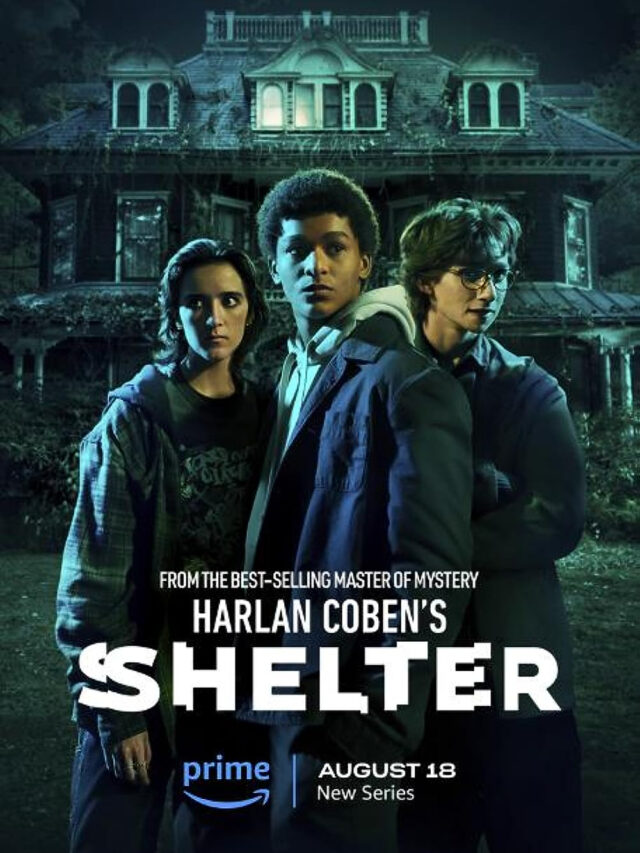“The Last of Us,” the highly anticipated TV adaptation of the beloved video game, has finally arrived, bringing with it a mix of excitement and trepidation. Starring Pedro Pascal as Joel and Bella Ramsey as Ellie, the series plunges viewers into a post-apocalyptic world plagued by a fungal infection that has turned humanity into a horde of deadly creatures. As we delve into this review, we will explore the show’s strengths and weaknesses, from its star-studded cast to its faithfulness to the source material, and analyze whether it successfully distinguishes itself in a genre oversaturated with post-apocalyptic narratives.
A Familiar Face in a Familiar Setting
Pedro Pascal, known for his roles in “Game of Thrones” and “The Mandalorian,” plays the grizzled smuggler Joel with undeniable charisma. His performance, marked by visible eyes and unkempt gray fuzz, adds depth to a character burdened by his violent past. Joel is tasked with protecting Ellie, portrayed by Bella Ramsey, a young girl who miraculously survived a cordyceps infection, making her immune and, potentially, humanity’s salvation.
The show’s narrative unfolds in two timelines: one set in 2003 before the outbreak and another 20 years later, following the collapse of civilization. The infection has created a world where danger lurks both in the form of infected creatures and ruthless survivors. Joel, along with his partner Tess (Anna Torv), embarks on a perilous journey, escorting Ellie across a post-apocalyptic America to deliver her to a group of rebels known as the Fireflies, who believe Ellie’s immunity could hold the key to a cure.
The Last of Us : A Familiar Plot
“The Last of Us” introduces us to a post-apocalyptic world filled with echoes of other familiar narratives, leaving viewers with a sense of déjà vu. The show bears resemblance to the 2006 film “Children of Men,” with its cross-country journey undertaken by a somber adult guiding a snarky teenager through a perilous landscape. While the world-building and character development offer a degree of freshness, the overarching storyline feels derivative, lacking the innovation one might expect from a TV series based on a critically acclaimed video game.
The Walking Dead Paradox
The series also grapples with a common issue faced by post-apocalyptic dramas, particularly “The Walking Dead”: the challenge of reinventing societal breakdown scenarios. AMC’s long-running franchise has explored various post-breakdown societies, from walled communes to remnant-government fascism to cults and more. Unfortunately, “The Last of Us” doesn’t break free from this established mold, as Joel and Ellie encounter charismatic leaders and barely-named followers on their journey. The encounters with infected creatures are also formulaic, featuring the classic tropes of quiet footsteps, sudden attacks, and the tense pause after a close encounter.
The Game’s Unique Beauty Transposed
One of the standout features of the original video game was its breathtaking visual design, portraying an overgrown, post-apocalyptic world in vivid detail. The TV series attempts to capture this beauty but falls somewhat short. While it does offer impressive vistas and expansive cityscapes, some scenes feel unnecessary and do little to advance the plot. However, the addition of big-name guest stars and well-executed action sequences add to the series’ appeal.
Humanist Zombie Horror: A Missed Opportunity
The series aims for a humanist approach to zombie horror, prioritizing character development over constant encounters with infected creatures. This choice is commendable, as it allows for moments of depth and emotional connection between the characters. However, it also results in underutilizing unique concepts from the game, such as the “clickers” and the creatures’ hive minds, which could have added intrigue and tension to the narrative.
Character Dynamics and Development
Joel and Ellie’s dynamic is at the heart of “The Last of Us,” and while their relationship is engaging, it often feels overly predictable. Joel’s backstory, marked by personal tragedy, serves as a common trope for such characters. Ellie, on the other hand, comes across as the archetypal teenage rebel, with dialogue that occasionally leans into cliché. Ramsey, who previously portrayed a formidable character in “Game of Thrones,” is given some more complex material in later episodes, which provides a welcome change of pace.
Standout Moments and Experimentation
Despite its formulaic elements, “The Last of Us” manages to shine in a few key moments. The third episode takes a bold departure from the main storyline, introducing two new characters that inject excitement and intrigue into the narrative. This unexpected situation not only rewrites the game’s canon but also presents a unique and unconventional storytelling approach. Unfortunately, such moments are rare in the series, leaving viewers yearning for more innovation.
A Nostalgic Touch
One notable aspect of the series is its decision to set the initial outbreak in 2003, which results in a nostalgic atmosphere permeated by cultural references from that era, including A-Ha, Linda Ronstadt, Mortal Kombat II, and cassette tapes. While this choice may feel like a cheat code to avoid addressing the impact of social media on pandemics, it also adds a distinct flavor to the show’s post-apocalyptic world.
A Stellar Cast
The series boasts an impressive ensemble cast, including Melanie Lynskey, Storm Reid, Scott Shepherd, and Rutina Wesley. These actors bring depth and authenticity to their respective roles, enhancing the overall viewing experience. Pascal’s portrayal of Joel, particularly when he discovers Chef Boyardee, adds a touch of humanity and humor to the character.
Conclusion
In the nine-part debut season of “The Last of Us,” the TV adaptation successfully captures the essence of the beloved video game but struggles to break free from the conventions of the post-apocalyptic genre. While Pedro Pascal’s performance and the stellar cast contribute to the show’s appeal, the series often feels like a familiar replay of well-trodden territory. Moments of innovation and experimentation are infrequent, leaving viewers wanting more.
Ultimately, “The Last of Us” offers a character-driven narrative set in a post-apocalyptic world, prioritizing the bond between its protagonists over the horror of the infected creatures. While this approach is admirable, it doesn’t fully capitalize on the unique concepts introduced in the game, resulting in a series that is more sentimental than sensitive. As the series progresses, it holds the potential to explore new directions and deliver the unexpected, but for now, it remains a faithful yet somewhat predictable adaptation of a beloved video game.





























